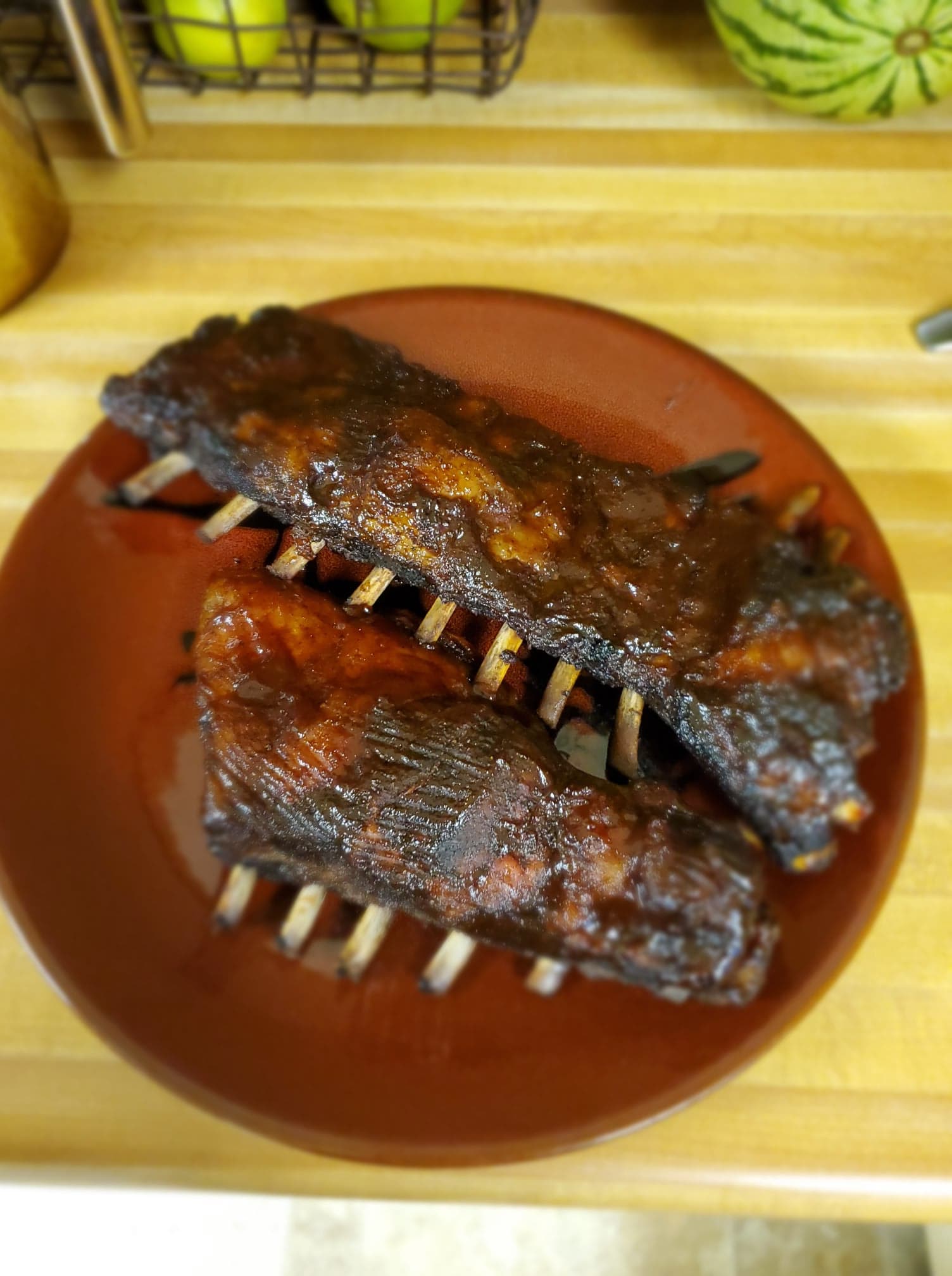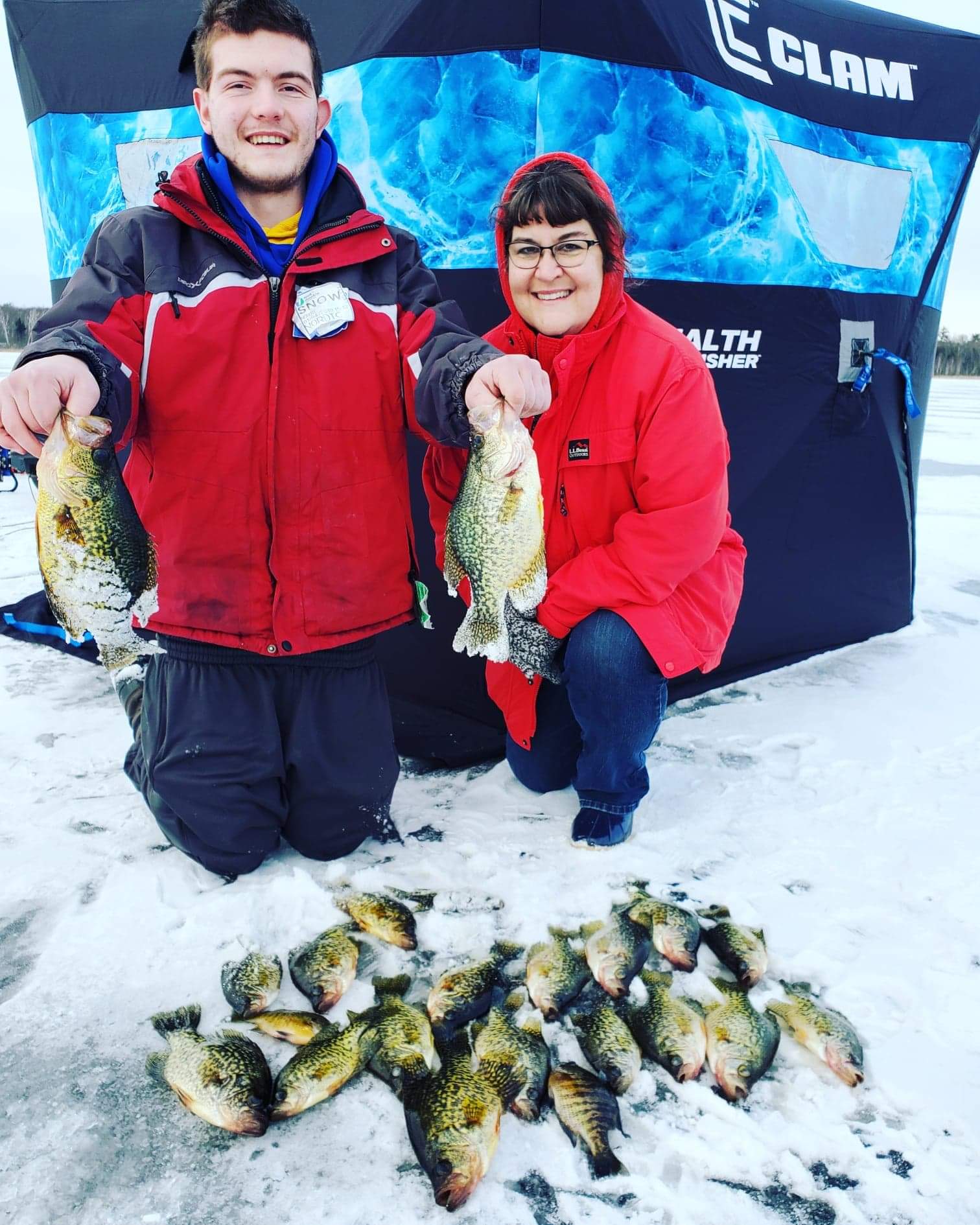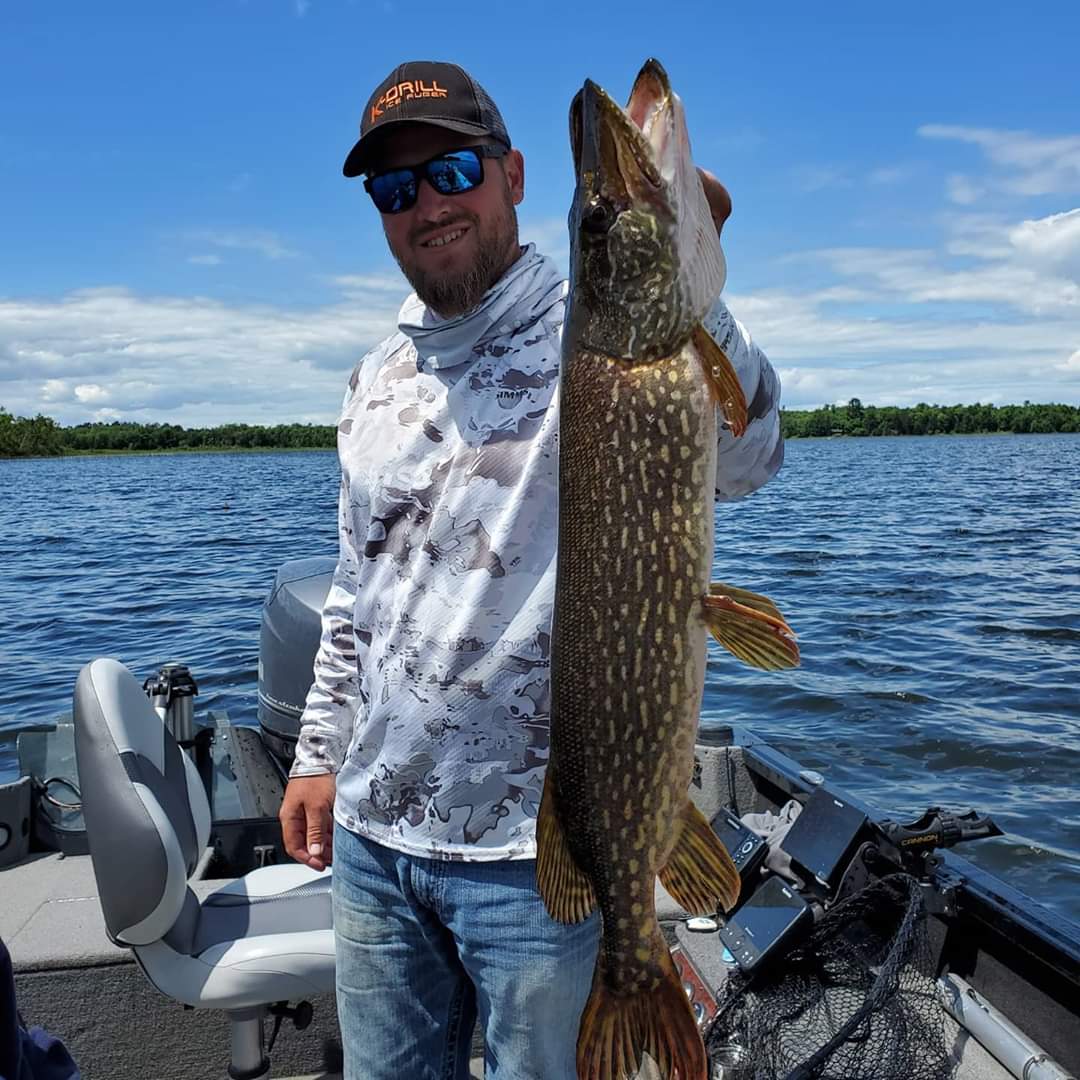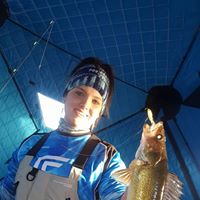Early summer in Minnesota is a sight to behold. As nature moves on from spring’s
weather, it provides the opportunity for new growth and new life, of which our whitetail
deer fawning is prominent.

Although the whitetail’s geographic territory is wide and varied, its reproductive cycle is
truly one of grand design, providing for does to give birth when conditions are at their best
for the optimal chance of survival for the newborn fawns, because birthing in the latter
half of May and the first couple weeks of June is when new thick vegetation not only
provides nutritious forage for the lactating doe, but substantial cover for the vulnerable
fawn. Fawn survival, however, still remains highly variable. Data after two years into a MN DNR three-year study in southern Minnesota has provided more insight into this varying fawn mortality rate and its likely causes.
To background, in 2021, 75 fawns were collared for the study. Of those 75, twenty-six of
them died, with 17 being killed by predators. There also were five health-related deaths,
three vehicle collisions fawn fatalities, and one deer fell into a ravine and died. A total of
82 fawns were collared in 2022, and 44 died – 34 were killed by predators, four deaths
were health-related, three vehicle collisions killed deer, and three of them were hunter-
harvested during the fall. Correcting for sample size, there was an 80.1% increase in
predation in 2022.

Predation is a factor, however, is it the leading cause of fawn mortality?
Common Minnesota predators that scavenge and prey on fawns include wolves,
coyotes, bobcats, and black bears. Though results from such studies still remain
indecisive regarding if these animals are “on the hunt” of newborn fawns per se, the
study says they are more “opportunistic” predators in this case. Simply put, they just
happen to stumble upon the fawn. After all, fawns rely on hiding undercover separate
from the doe for at least the first four weeks of their lives. Although, there is no question that
predation is a major factor, especially as the numbers of black bears, coyotes and
wolves not only continue to climb to record highs, but expand outside their common
range due to these increases. There are many other factors, that can
contribute to the unusually high fawn morality, some of which would otherwise be
mistakenly credited to predation where, even in situations where predation was
confirmed, it is theorized the fawns would have likely died due to other natural causes –
a process biologists call “compensatory mortality.”
Much of this “compensatory mortality” can be linked to food stress where limited natural
forage, harsh winters, late springs, a delayed green-up, and over-browsing can all be
implications for compensatory mortality outside of predation. Along with a lack of food,
over-browsed areas also do not provide proper or ample cover for newborn fawns
during their early stages of hiding, making them more easily found by predators. Proper
nutrition for does during their last trimester of pregnancy is vital for fetal development
and the prospects of survival after birth, while the doe’s nutrition during lactation is equally just as important to compensate for the energy-demanding process of producing milk and her maternal ability overall.

Location also matters
Studies suggest that fawns born in agricultural areas fare much better than those born
in forested areas. This is partially due to cohabitating with a lower population of
predators in agricultural lands, but, moreover, a stronger abundance of food throughout
the year.
Similar studies are being conducted elsewhere.
A study conducted in Delaware in 2018 by Justin Dion and Jacob Bowman at the
University of Delaware reported that only 49 (45%) of the 109 fawns being monitored
were still alive 90 days after birth. Yet, not a single one had fallen to predators. That is,
of course, because predators there are extremely low as bobcats and black bears do
not inhabit the area, and even coyotes are fairly rare. When the researchers
documented key factors in fawns surviving their first few weeks, they found the main
predictor was weight. Fawns less than 6.6 pounds face a much higher risk of mortality
than those born larger and hardier. Larger fawns are also able to regulate their body
temperature much easier, in addition to being better equipped to fight off harmful
viruses or bacteria, and are more apt to outrun and maneuver away from predators.
Although studies on such scenarios are inconclusive, seemingly leaving much up to
question and assumptions, it is undeniable that predator mortality on fawns is a genuine
area of concern, especially in parts of the state where the whitetail population is already
staggering.
In the meantime, we can all play a part. Hunters and landowners should
advocate for increased predator control by hunting or trapping in addition to managing
habitats to provide year-round forage so females are bodily prepared to carry, feed, and
tend to their fawns. Proper management, and responsible harvests of Whitetail deer is irrefutable in maintaining a healthy population. J. Dion also suggests, “To increase deer numbers, managers might need to reduce antlerless harvests, and encourage hunters to pass up older does. Fawns from older
does will more likely survive summer than those from 18 or 30-month-old does.
Likewise, when harvesting deer, hunters should avoid older, more productive does.”
-Alice Wiese
Wheezy Outdoors
What should you do if you find a fawn?
If found, fawns should be left alone. In most cases the doe is nearby browsing although she may be out of sight. A doe can leave her young alone for an upward of three-days. Never attempt to transport, pick up, or rehabilitate a wild animal. For more information on sick, injured, or orphaned deer or animals please visit the Minnesota Department of Natural Resources.
You can view this article among others in the Summer 2023 issue of Whitetales Magazine.
Whitetales is the official publication of the Minnesota Deer Hunters Association. Published seasonally four times each year. Full of great articles and beautiful color images.







































































